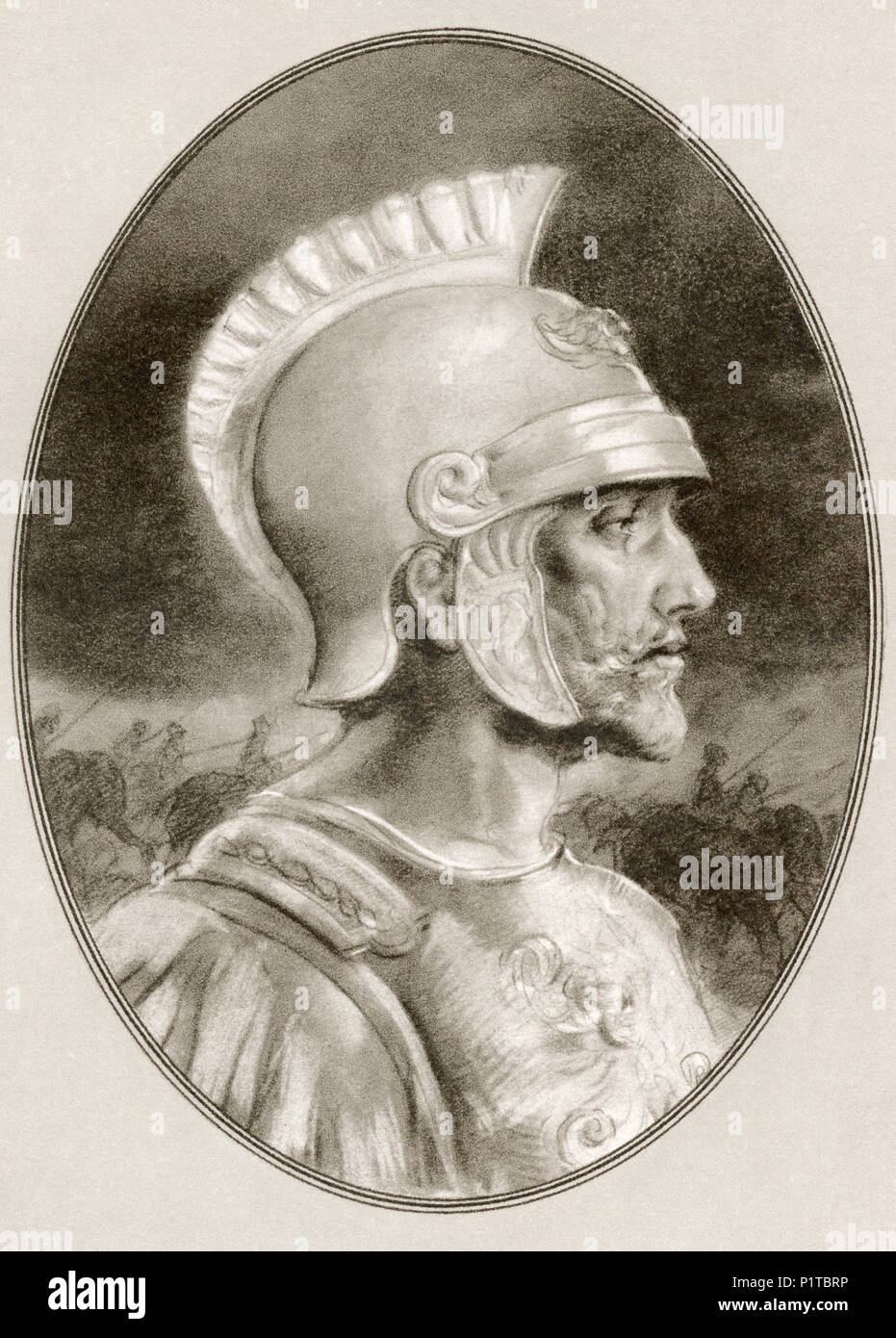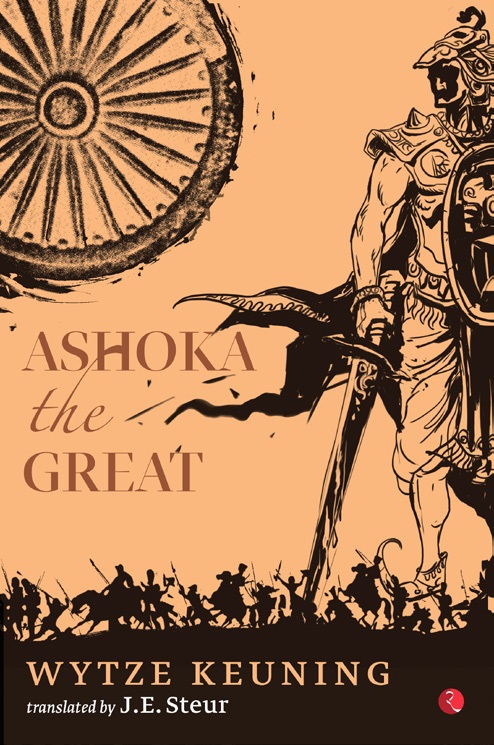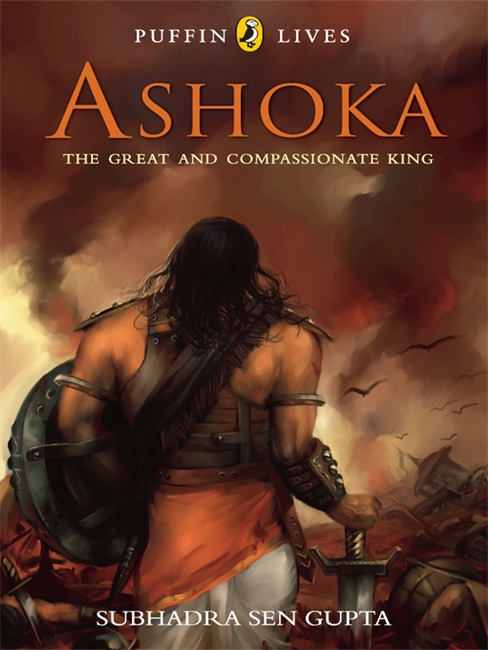Ashoka the Great was an Indian emperor who ruled over the Maurya Empire in the 3rd century BCE. He is remembered as one of India's greatest rulers, and his reign is considered a golden age in Indian history.
Ashoka was born in 304 BCE, the son of the Indian king Bindusara. He rose to power after his father's death and quickly established himself as a formidable ruler. He expanded the Maurya Empire to include much of modern-day India, Nepal, Bangladesh, and Pakistan, and he also conquered parts of Afghanistan and Iran.
Ashoka is best known for his military conquests and expansion of the empire, but he is also remembered for his enlightened rule. He was a devout Buddhist and encouraged the spread of Buddhism throughout his kingdom. He also implemented numerous social and economic reforms, including the establishment of hospitals and the construction of roads and irrigation systems.
One of Ashoka's most significant contributions to history was his adoption of a policy of non-violence, known as ahimsa. He renounced war and violence and instead pursued a policy of diplomacy and conciliation. This was a radical departure from the traditional approach of Indian kings, who had relied on military might to expand and maintain their empires. Ashoka's adoption of non-violence had a lasting impact on Indian society and influenced the development of non-violent movements throughout the world.
Ashoka is also remembered for his edicts, which were inscribed on rock pillars and caves throughout the empire. These edicts outlined his moral and philosophical beliefs, as well as his policies and initiatives. They provide a valuable insight into Ashoka's thought and character and have been studied by historians for centuries.
Ashoka's reign was a time of prosperity and cultural exchange in India. He encouraged the exchange of ideas and the sharing of knowledge, and he supported the arts and sciences. He is remembered as a just and enlightened ruler who brought stability and prosperity to his kingdom.
In conclusion, Ashoka the Great was a remarkable ruler who left a lasting legacy in India and beyond. He is remembered for his military conquests, his enlightened rule, and his commitment to non-violence. His reign is considered a golden age in Indian history and his influence is still felt today.
Ashoka the Great, India’s Mauryan Emperor

You can share this with more people, it will be good. We can't be kind, true, merciful, generous or honest. According to the Ashokavadana, an Indian text in Sanskrit that describes the birth and reign of the Emperor Ashoka, Shubhadrangi was the daughter of a Brahmin from the city of Champa. This relatively peaceful life would come to an end when, in 274 BC, Emperor Bindusara passed away. Early Life Ashoka was born to Mauryan King Bindusara and his queen Devi Dharma in 304 B. Very interesting history and story.
Biography of Ashoka the Great, India's Mauryan Emperor

Over time, he has build many Buddhist temples and holy sites, he also rules his country with Buddhist principles. This is the reason why he insisted Bindusar to send Ashoka to Taxila to stop the revolt of Taxila which was under the governorship of Sushim. The Battle of Kalinga and Submission to Buddhism Ashoka launched an assault to conquer Kalinga during 265 B. When she was pregnant, she ate with her husband, the emperor. It is said that Ashoka eventually won the war not because Kalinga surrendered, but because the carnage was so terrible. However, the more administrative and military expenses would also pile up, leading to an endless cycle of violence. When it became clear that it was only a matter of time before India would become free of British rule, some leaders of the freedom movement such as Jawarharlal Nehru decided to create a lineage for their socialist leanings.
Emperor Ashoka the Great

Imperial Rule For the first eight years of his reign, Ashoka waged near-constant war on surrounding regions. How are empires different from kingdoms? In 265 BCE, Emperor Ashoka waged war against Kalinga, a state that prided itself on its sovereignty and democracy. These missionaries are said to have reached as far as Kashmir, Gandhara, the Greek Hellenistic kingdoms, North Africa, Burma, and Sri Lanka. Looking into the cauldron, he was amazed to see Samudra calmly sitting in the lotus position. A completed mandala is an act of offering and meditation, helpful in reducing bad karma and increasing merit. In 249 BC, Mahendra journeyed to Sri Lanka — then called Tamraparni — at the invitation of King Devanampiya Tissa, an admirer of Ashoka and a man who wished to learn more of Buddhist principles.






